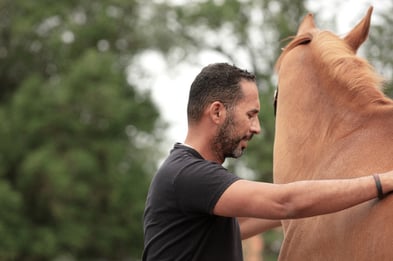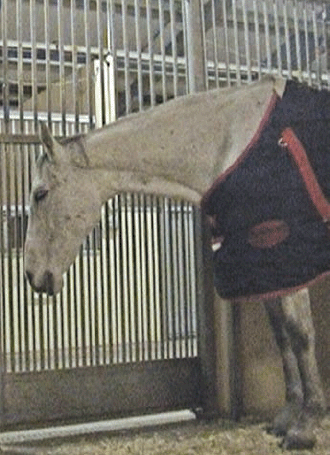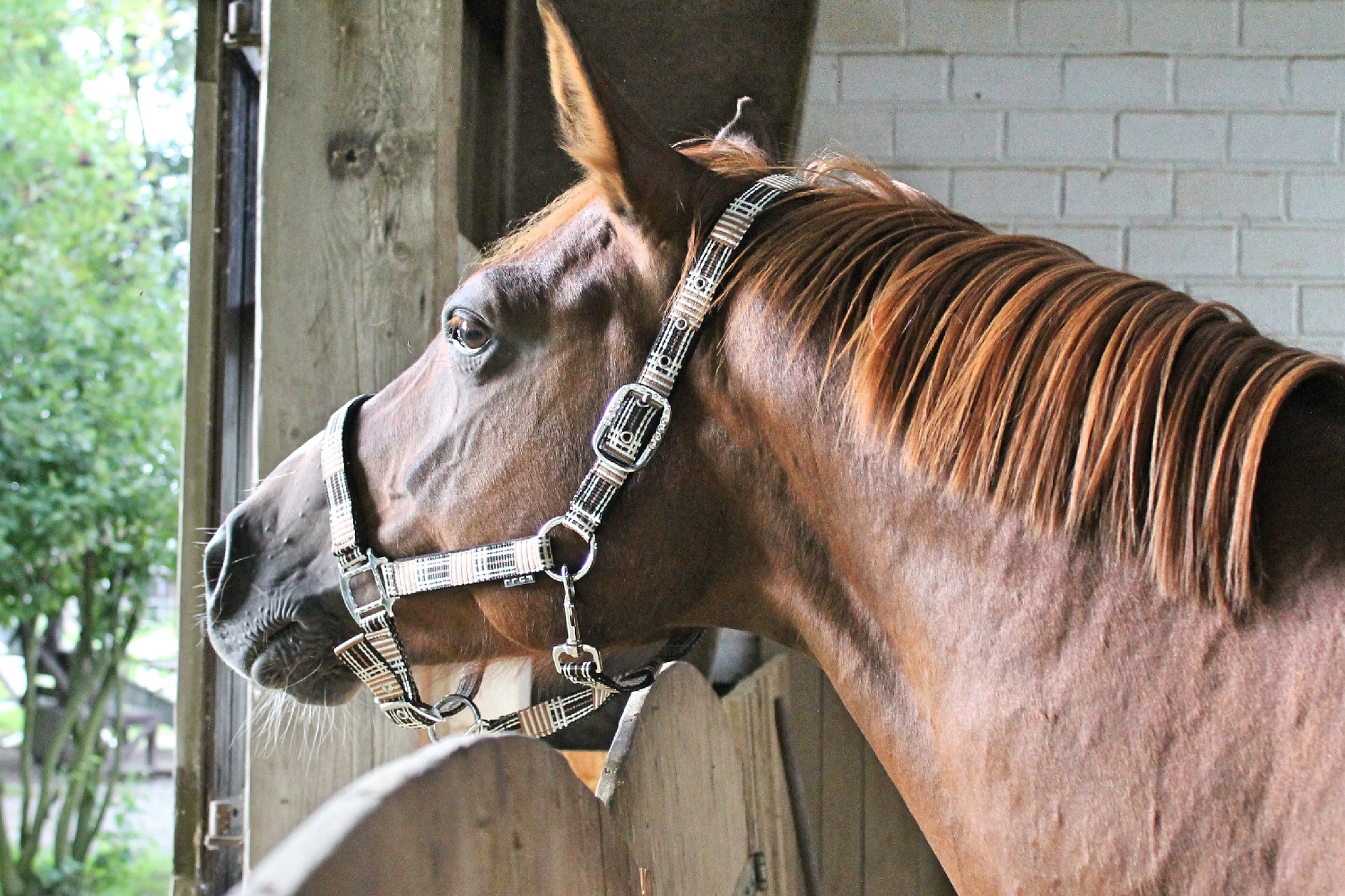Recognizing Pain Signals in Stoic Horses

Horses are known for their stoic nature, often masking signs of pain and discomfort. This trait can make it challenging for owners and caretakers to identify when a horse is suffering. Understanding and recognizing subtle pain signals is crucial for timely intervention and ensuring the horse’s well-being.
Understanding Stoicism in Horses

Stoicism in horses refers to their natural tendency to hide pain as a survival mechanism. In the wild, showing weakness can make them vulnerable to predators. Domesticated horses retain this instinct, which means they often endure pain silently.
Common Pain Signals in Stoic Horses

| Pain Signal | Description | What to Look For |
|---|---|---|
| Changes in Behavior | Subtle shifts in mood or temperament | Increased irritability, withdrawal |
| Altered Posture | Unusual stance or movement | Head lowered, uneven gait |
| Facial Expressions | Changes in eyes, ears, nostrils, or mouth | Squinting, pinned ears, flared nostrils |
| Reduced Appetite | Decreased interest in food or water | Eating less or refusing treats |
| Physical Signs | Visible injuries or swelling | Cuts, lumps, heat in limbs |
How to Monitor Your Horse
- Regular Observation: Spend time daily observing your horse’s normal behavior and appearance.
- Use of Pain Scales: Implement equine pain scales like the Horse Grimace Scale to assess discomfort.
- Consult Professionals: Regular veterinary check-ups and prompt consultation if pain is suspected.
Why Early Detection Matters
Early recognition of pain can prevent complications, reduce recovery time, and improve the horse’s quality of life. Ignoring subtle signs may lead to chronic conditions or severe injuries.
FAQ
Q1: Why do horses hide pain?
A: Horses are prey animals; hiding pain helps them avoid appearing vulnerable to predators.
Q2: What are the most reliable signs of pain?
A: Changes in behavior, posture, and facial expressions are often the earliest indicators.
Q3: How can I differentiate between normal behavior and pain?
A: Knowing your horse’s baseline behavior is key; any deviations should be noted and assessed.
Q4: When should I call a vet?
A: If you notice persistent changes in behavior, appetite, or physical signs of injury, seek veterinary advice promptly.
Conclusion
Recognizing pain in stoic horses requires patience, knowledge, and keen observation. By understanding their subtle signals, owners can ensure timely care and maintain their horse’s health and happiness.
This article aims to equip horse owners and enthusiasts with the tools to better understand and respond to their horses’ pain signals, promoting compassionate and effective care.
